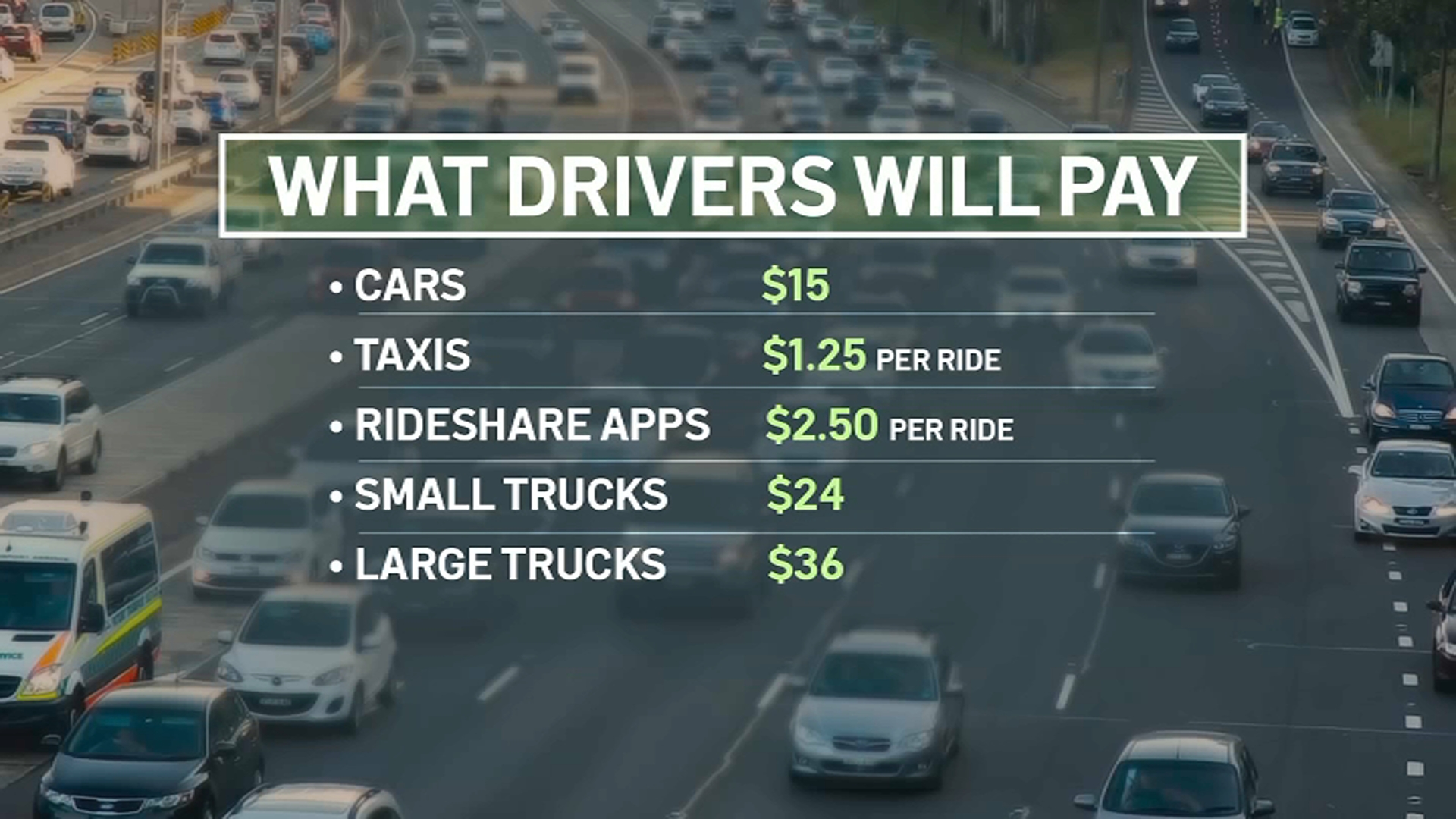Understanding Congestion Pricing in NYC: A Path to Sustainable Urban Mobility
Key Takeaways
- Congestion pricing in NYC is designed to reduce traffic congestion and improve air quality by charging drivers a fee to enter certain areas during peak times.
- Expected benefits include reduced traffic, increased use of public transportation, and significant environmental improvements.
- Implementation plans and potential impacts on residents, commuters, and businesses are currently under discussion.
Congestion pricing is a hot topic in urban planning, particularly in New York City, where traffic congestion has long been a challenge. The concept involves charging vehicles a fee to enter certain parts of the city during peak hours, with the aim of reducing traffic congestion and encouraging the use of public transportation. As NYC gears up to implement this system, it’s crucial to understand its potential impact, benefits, and challenges.
What is Congestion Pricing?

Congestion pricing is a dynamic pricing strategy used to regulate traffic flow in urban areas. The idea is simple: charge drivers a fee to enter heavily congested zones during peak hours. This approach aims to reduce the number of vehicles on the road, thereby easing traffic congestion, improving air quality, and promoting the use of public transportation.
The Need for Congestion Pricing in NYC
New York City, known for its bustling streets and vibrant life, has been grappling with severe traffic congestion for years. The city’s roads are often clogged, leading to longer commute times, increased pollution, and a decline in the quality of life for residents. Congestion pricing is seen as a viable solution to these problems.
Implementing congestion pricing in NYC is expected to bring about several benefits:
- Reduced Traffic: By discouraging unnecessary car trips, congestion pricing can significantly decrease traffic volume in the city.
- Environmental Benefits: Fewer cars on the road mean lower emissions, contributing to cleaner air and a healthier environment.
- Revenue Generation: The fees collected can be reinvested into the city’s public transportation system, improving infrastructure and services.

How Congestion Pricing Works
Under the proposed congestion pricing model for NYC, drivers would be charged a fee to enter Manhattan’s central business district, particularly south of 60th Street, during peak hours. The exact pricing structure and hours are still under consideration, but the goal is to create a system that dynamically adjusts fees based on real-time traffic conditions.
Technology and Infrastructure
Implementing congestion pricing requires a robust technological infrastructure. This includes automated tolling systems, cameras, and sensors to monitor traffic flow and enforce compliance. These technologies are crucial for ensuring that the system operates smoothly and efficiently.
Potential Impacts on NYC Residents and Businesses
While the benefits of congestion pricing are clear, it’s essential to consider its potential impacts on residents and businesses. Concerns have been raised about the financial burden on low-income drivers and the possible impact on businesses that rely on vehicular traffic.
Addressing Concerns
To mitigate these concerns, policymakers are exploring various measures, such as:
- Exemptions and Discounts: Offering exemptions or discounts for certain groups, such as low-income individuals and essential service providers.
- Improved Public Transportation: Enhancing public transportation options to provide affordable and efficient alternatives to driving.
- Business Support: Providing support and incentives for businesses to adapt to the new system, such as delivery scheduling adjustments and logistical support.
Looking Ahead: The Future of Congestion Pricing in NYC

As NYC prepares to implement congestion pricing, the focus is on creating a system that balances the needs of all stakeholders. The success of this initiative will depend on careful planning, effective communication, and ongoing evaluation of its impacts.
Looking ahead, congestion pricing has the potential to transform NYC’s urban landscape, making it more sustainable and livable. By reducing traffic congestion and improving air quality, the city can pave the way for a greener and more efficient future.
Congestion pricing in NYC represents a bold step towards addressing the city’s chronic traffic woes. While challenges remain, the potential benefits for the environment, economy, and quality of life are significant. As the city moves forward with this initiative, it will be crucial to ensure that the system is equitable, efficient, and effective in achieving its goals.
By understanding the intricacies of congestion pricing and its potential impacts, NYC residents and stakeholders can better prepare for the changes ahead and contribute to a more sustainable urban future.